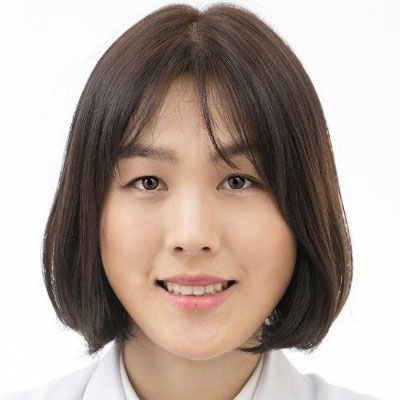Enhanced Vertical Control -Temporary Anchor Devices with Clear Aligners
A common misconception that orthodontists have is that clear aligners are unable to treat complex cases such as open bite, deep bite, and skeletal malocclusions. Clear aligners have continually developed to overcome biomechanical limitations. Features such as attachments and auxiliaries, such as buttons and cutouts for elastics are designed to generate a complex force system. Additionally, temporary anchorage devices provide enhanced anchorage for the correction of sagittal and vertical problems.
In this presentation, I demonstrate how clear aligners can deliver excellent results in managing vertical control such as severe open bite and deep bite. Surgical cases also require vertical control of teeth for decompensation. I will present clinical tips on how clear aligners can be used for vertical control in patients with dentofacial deformities, such as skeletal Class III and facial asymmetry, who underwent orthognathic surgery. Lastly, I will share clinical tips on how TADs can be utilized in the vertical control treatment, including treatment philosophy, how to determine if TADs are needed, timing, and biomechanics.
Biography
Yoon-Ji Kim, DDS, PhD
Dr. Yoon-Ji Kim is an assistant professor at Asan Medical Center, University of Ulsan College of Medicine in Seoul, Korea. She obtained her DDS degree from Dankook University College of Dentistry in Cheonan, Korea, in 2007. Subsequently, she pursued specialized training in orthodontics and earned her PhD degree from Hallym University in Korea in 2012.
As a dedicated professional, Dr. Kim holds prominent positions within various prestigious organizations. She currently serves as the director of the Korean Society of Digital Orthodontists, the Korean Orthognathic Society, Korean Association of Lingual Orthodontists, and the World Society of Lingual Orthodontics. In addition, she contributes to the field through her role as the editor-in-chief of the Korean Journal of Lingual Orthodontics and Recent Advances in Orthodontics and Orthognathic Surgery.
Dr. Kim's research interests lie in the realm of cutting-edge orthodontic techniques and technology. She focuses on three-dimensional imaging, analysis of intraoral scan data, and the application of machine learning methods for orthodontic diagnosis and the study of temporomandibular joint disorders.

